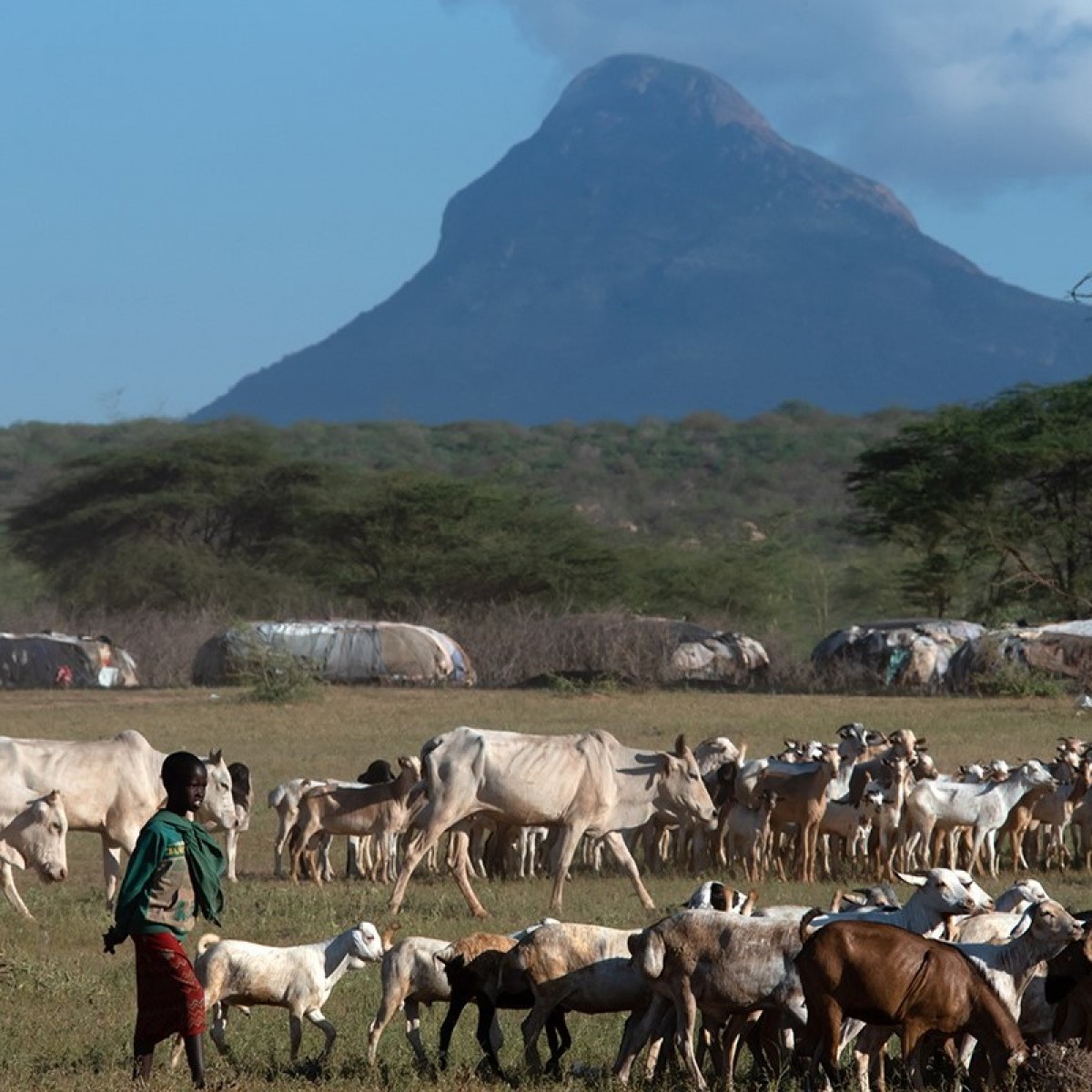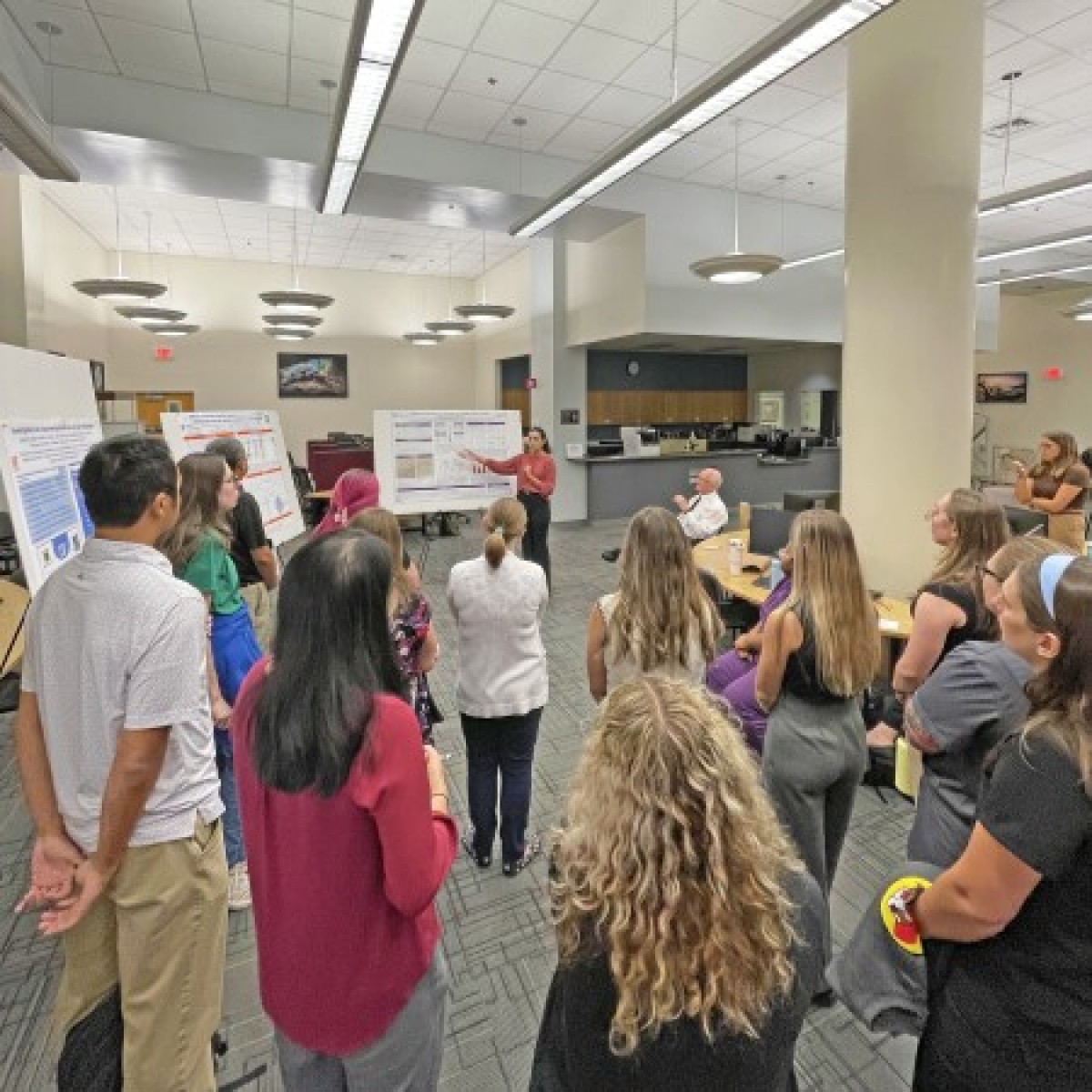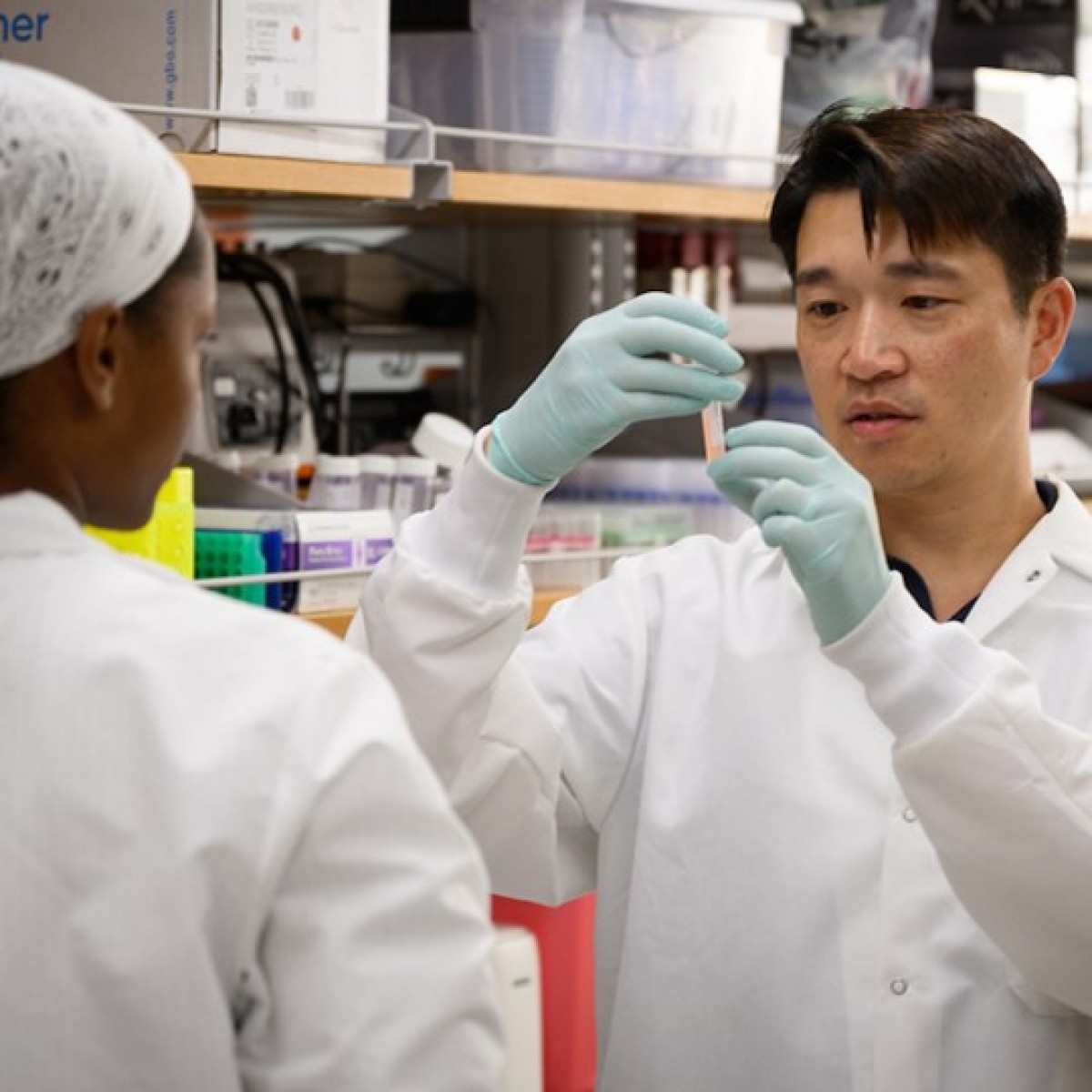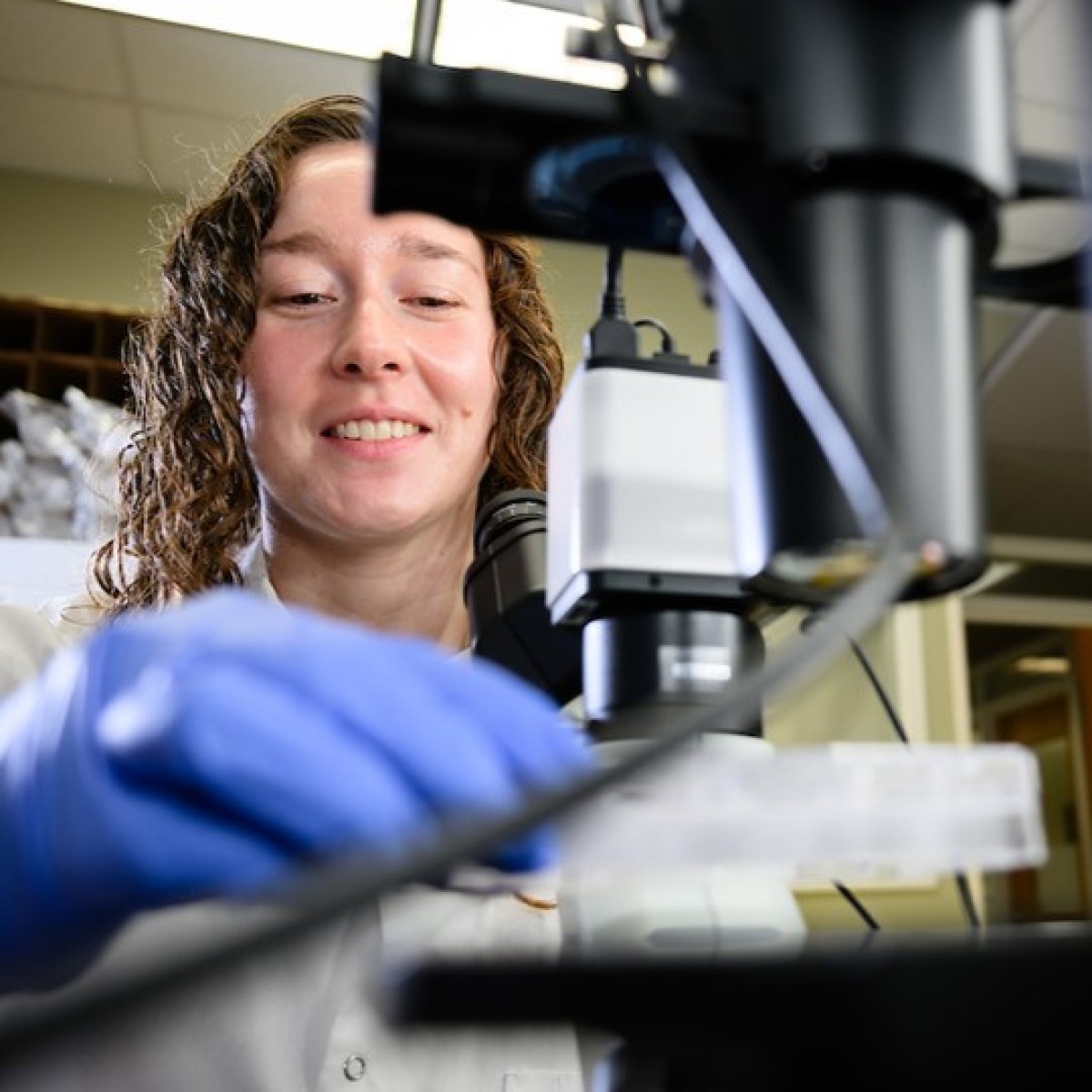Brazil advances in a vaccine against porcine toxoplasmosis
Brazil is the country where the development of the world's first vaccine against porcine toxoplasmosis based on recombinant proteins began. A research group from the State University of Londrina (UEL) has used this technique, which they describe as "revolutionary in the field of immunization" because it is more effective and carries fewer risks, to obtain a vaccine after a long process of research and advances in the understanding of the disease.
Toxoplasmosis is a disease caused by Toxoplasma gondii that affects several species of animals, such as birds and mammals (cats, pigs, sheep, goats, and horses), which can, in turn, serve as vectors and transmit it to humans. The most serious consequence, both for animals and for sick humans, is abortion. In the case of humans, toxoplasmosis can also leave a series of consequences in the newborn, such as deafness, hydrocephalus, and mental deficiency. Toxoplasma gondii was isolated for the first time in 1908, practically at the same time, by French researchers in Tunisia and Brazilian researchers in São Paulo.
Since the 80's
In the early 1980s, Professor João Luís Garcia, from the UEL Department of Preventive Veterinary Medicine began his research on the epidemiological picture of the disease. At that time, about four out of ten pigs in Brazil were contaminated with toxoplasmosis oocysts and since there was no vaccine, investment was made in education and other forms of prevention.
The advice on how to cook meat well before consuming it became popular and is still valid today. Currently, João Luís Garcia points out that only four out of every 100 pigs are contaminated. However, considering that a single individual can carry millions of oocysts throughout his life, there are still reasons to be alert since pork is the most consumed meat in the world, and data from the Oswaldo Cruz Foundation state that About one-third of the world's population is affected by the disease.
The research trajectory of João Luís Garcia coincides with the advancement of knowledge in the area of immunization, which went from the so-called "live vaccines" to the "attenuated" ones, in which a microorganism incapable of generating the disease is incorporated, but it does elicit the immune response.
In 1999, the researcher began a series of publications in the international journal Veterinary Parasitology with advances in this field. A vaccine against ovine and caprine toxoplasmosis had already been developed and tested, and as research progressed and was published, further improvements were made. From live vaccines, protein-based vaccines began to be developed. First, select only one; then came the so-called "recombinant proteins", like the one he has now developed at UEL. In 2008, he received an invitation from the United Kingdom to carry out more studies for a non-nasal vaccine. In 2012, research was published on a vaccine for rectal application in cats. In 2017, another vaccine for cats, already with recombinant proteins. He has also carried out studies with viral vaccines but without the same success.
Containing genetic material
Now, João Luís Garcia is advancing research on a new type of vaccine: DNA, with genetic material. Just as an example, India has developed a DNA vaccine against COVID-19 that is administered through the skin, uses no needles, and requires three doses, four weeks apart.
The UEL porcine toxoplasmosis DNA vaccine is being tested in mice and the next phase will be the final one, with the test already in pigs. The center that develops it has seven research professors and more than 20 postgraduate students, and the team of professor João Luís Garcia alone has nine advisors. In this work he is also collaborating with the Laboratory of Parasitology and Parasitic Diseases of the same Department.














List
Add
Please enter a comment